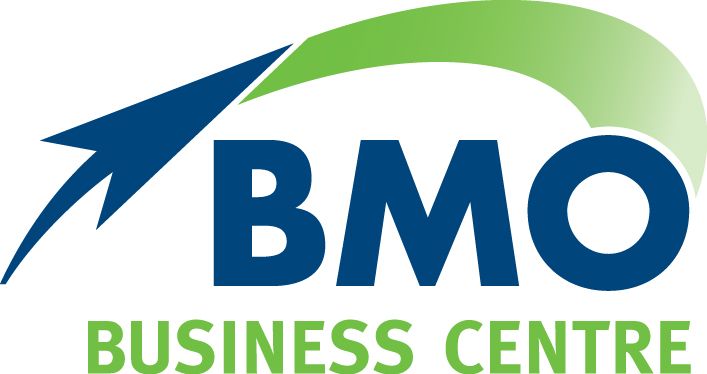JobKeeper and JobSeeker
The Federal Government has announced the introduction of a new JobKeeper Payment of $1500 per fortnight to subsidise eligible employers and self-employed individuals.
It will be facilitated by the ATO (not Centrelink) and will be made available to businesses, including sole traders, who have either had to close their doors, or have taken a hit to revenue of 30% or more due to the Coronavirus (or 50% or more if your revenue is usually over $1 billion).
Please note – Job Keeper is different to Job Seeker .
Importantly, much of the detail is still being finalised by the Government. Legislation is expected to be put before parliament next week. There are still many issues to be ironed out around casual worker entitlements, tax withholding, super guarantee, comparative periods for demonstrating revenue loss and more.
We understand how frustrating it can be, and know that many of you, both businesses and individuals, are anxiously awaiting clear details. Every individual and every business will be different in terms of what will be the best way forward with Coronavirus stimulus payments, and for some (like those in the rural sector) there may be interaction with drought support as well.
Please call us to talk through your circumstances and ask your questions. We are recording the common questions and asking our researcher and legal advisors to follow through with any unresolved questions so that we can assist you as soon as possible.

The post JobKeeper and JobSeeker appeared first on BMO Accountants.
Contact Us
BMO Dalby
By Mail:
PO Box 180
Dalby Qld 4405
In Person: 178 Drayton Street (access via Hogan Street)
Dalby Qld 4405
BMO Charleville
By Mail:
PO Box 198
Charleville Qld 4470
In Person: 58 Alfred Street
Charleville Old 4470
BMO Roma
By Mail: PO Box 300 Roma Qld 4455
In Person: 137 McDowall Street Roma Qld 4455
Office Hours:
Monday – Thursday 8am – 5pm and Friday 8am – 3pm
PH: 07 4662 3722
FAX: 07 4662 5975
Useful Links
Stay in Touch
Footer Contact Form
We will get back to you as soon as possible
Please try again later
Contact Us
BMO Dalby
By Mail: PO Box 180 Dalby Qld 4405
In Person: 178 Drayton Street (access via Hogan Street) Dalby
BMO Charleville
By Mail:
PO Box 198
Charleville Qld 4470
In Person: 58 Alfred Street
Charleville Old 4470
BMO Roma
By Mail: PO Box 300 Roma Qld 4455
In Person: 137 McDowall Street Roma Qld 4455
Office Hours: Monday – Thursday 8am – 5pm and Friday 8am – 3pm
PH:
07 4662 3722
FAX: 07 4662 5975
Footer Contact Form
We will get back to you as soon as possible
Please try again later
All Rights Reserved | BMO Dalby | Website design & development by Hey Marketing


